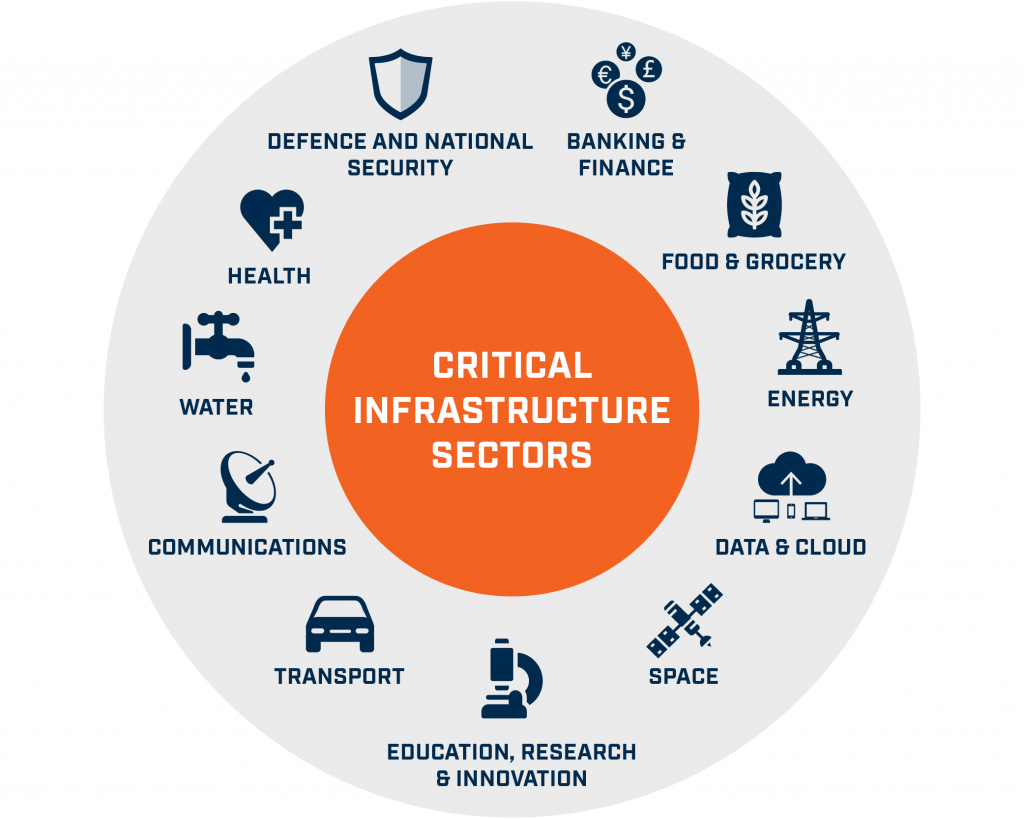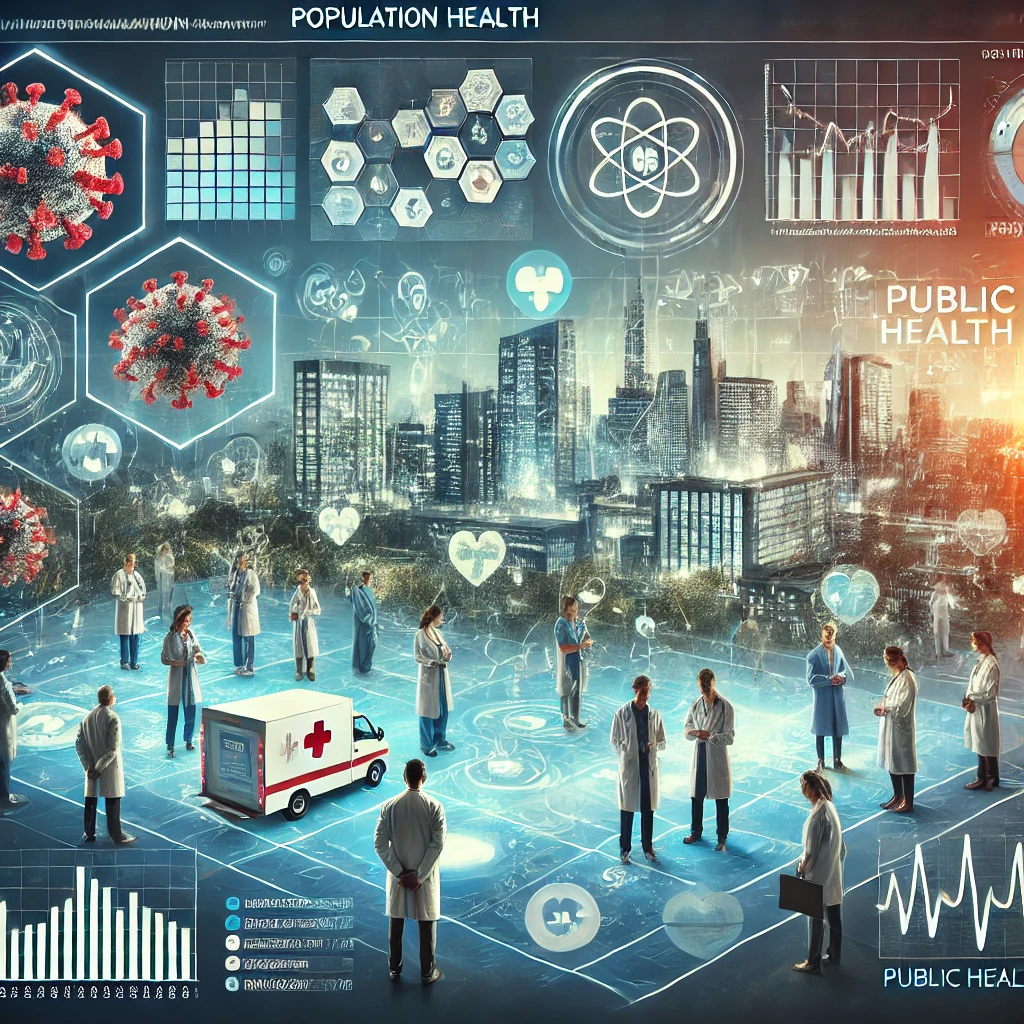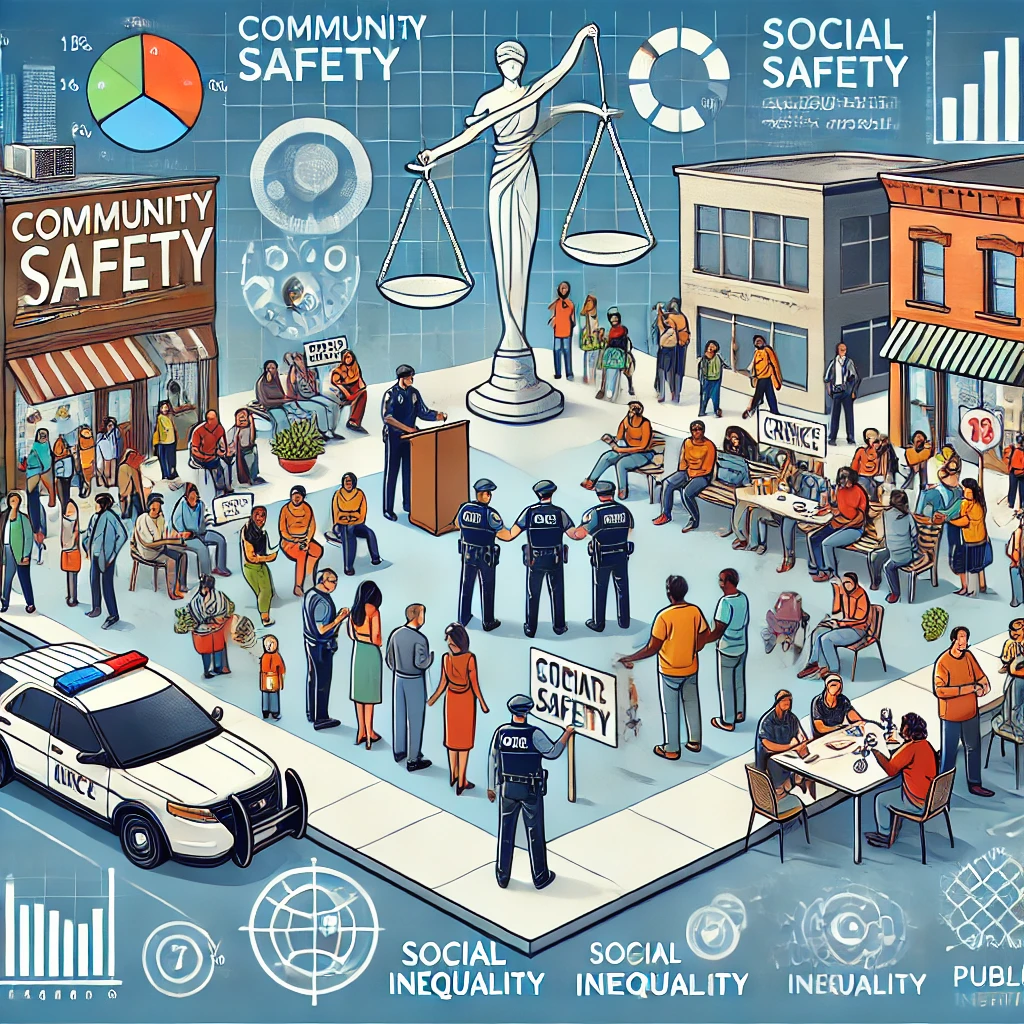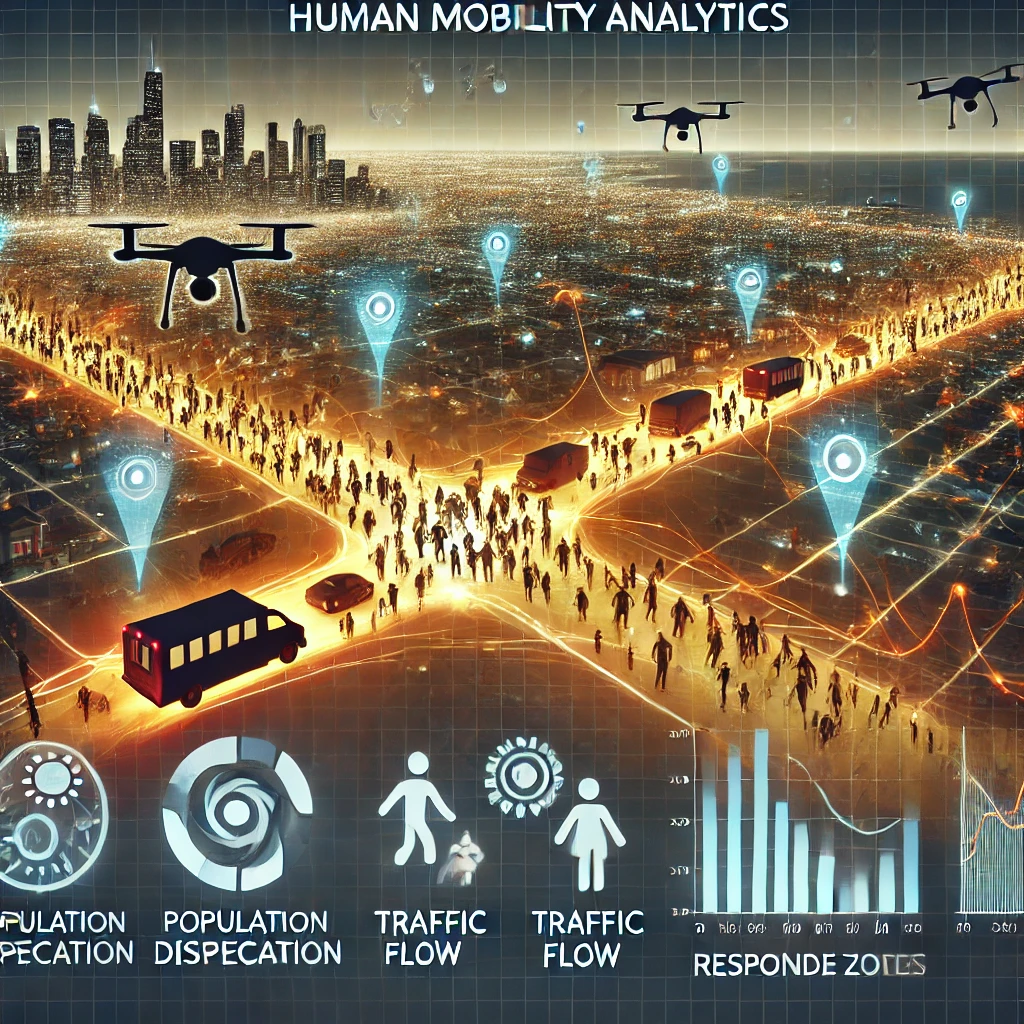Increasing recurrence and disruptive forces of extreme events such as natural disasters, cyberattacks, and pandemics reveal the vulnerability of our communities and built environment. Our OASIS research team focuses on quantitatively modeling complex systems and their interactions with the communities, leveraging advanced AI algorithms and robust optimization techniques. Specifically, we aim to examine the systemic/stochastic impacts of chronic/acute shocks on our socio-technical systems, develop risk-informed decision models, and investigate cost-effective adaptation measures to advance sustainable and intelligent infrastructure systems. Our research program is highly multidisciplinary, and we are working on several projects in emergency management, energy systems, modeling infrastructure interdependencies, human mobility data analytics, among others.
Critical Infrastructure Systems - Risk & Resilience Modeling
Resilient physical and social systems must be robust, redundant, resourceful, and capable of rapid response. The concept of a “lifeline system” was developed to evaluate the performance of large, geographically distributed networks during earthquakes, hurricanes, and other hazardous natural events. Lifelines are grouped into six principal systems: electric power, gas and liquid fuels, telecommunications, transportation, waste disposal, and water supply. Taken individually or in the aggregate, these systems are intimately linked with the economic well-being, security, and social fabric of the communities they serve. Lifeline systems are interdependent, primarily by physical proximity and operational interaction. An accurate vulnerability assessment of such lifeline systems is cardinal to enhancing infrastructure resilience. However, several challenges exist to modeling the risk and resilience, including a) lack of availability of CIS topology data, b) infrastructure managers not having full knowledge of all the infrastructure systems, and c) lack of information on the CIS interdependencies. Our team addresses some pressing challenges in infrastructure resilience and vulnerability using mixed-method approaches such as simulation-based and data-driven approaches, Bayesian network analysis, multi-stage risk assessment, generative artificial intelligence (Gen-AI), and predictive analytics.
PROJECTS: 1) Vulnerability assessment of interdependent critical infrastructure systems under incomplete information using a simulation-based hybrid generalized approach; 2) Predicting sewer pipe failure risk in a region and identifying the key factors that increase the probability of such failures

Energy Systems Resilience Modeling

The U.S. energy system is increasingly vulnerable to the adverse impacts of extreme events such as hurricanes, droughts, heat waves, cold waves, or winter snowstorms. Since energy infrastructure is the cornerstone of our society, ensuring its resilience in the face of such extreme events is of utmost importance. We investigate the various risk factors and their impacts on the energy sector, leveraging various cutting-edge statistical and machine learning models, Geo-AI, remote sensing, and deep learning algorithms. Specifically, we aim to model the effects of multiple externalities on the energy sector- including electricity, natural gas, renewable energy, etc.—and quantify the uncertainties using probabilistic approaches. Our models help the stakeholders in informed decision-making regarding adequate resource planning and allocation, capacity expansion of the energy infrastructure system, and utility demand and supply and policy analysis management, among others.
PROJECTS: 1) Develop a multiparadigm framework to capture the climate-energy nexus under deep uncertainty and implement the climate change impact assessments for the energy sector at various regional levels in the U.S.; 2) Modeling the risk of natural disasters’ impacting the energy systems; 3) Develop a risk-informed decision framework to help the utility regulators in resilience investment decisions of the electric grid.
Modeling Impact of Extreme Weather Events
Extreme events, including natural disasters, cyberattacks, and health hazards such as the COVID-19 pandemic, affect the lives of people in far-reaching ways across regions, impacting communities and a multitude of infrastructure sectors, such as energy, public health, ecosystems, and water supply, among others. Natural disaster events such as wildfires and droughts due to prolonged extreme heat and heatwaves, sea-level rise combined with higher frequency and intensities of coastal storms, flooding, decreased air quality, etc., have immense impacts on the health and well-being of the human population. Our team investigates the effect of various extreme events on human health, infrastructure systems, and communities to propose intervention strategies that minimize the disaster-induced impacts and enhance the resilience of the natural and built environment and our communities. The methodological approaches include Geo-AI, remote sensing, interpretable machine learning, and econometric models.
PROJECTS: 1) Predicting impact of geophysical and anthropogenic factors on wildfire spread; 2) Understanding wildfire-induced failure risk of interconnected infrastructure systems; 3) Develop a risk-informed decision framework to minimize wildfire-induced power outage risks; 4) Assessing hazard-induced service inoperability in electricity sector; 5) Modeling impact of natural hazard induced disasters in country-level economic growth.

Population Health & Healthcare Analytics

The growing interest in big data and predictive analytics for improving the healthcare system is reflected by a surge in long-term investment in developing new technologies using artificial intelligence and machine learning to forecast future events (possibly in real time) to improve the health of individuals and/or performance of the healthcare system. Big data analytics and predictive modeling in healthcare are evolving into a promising field for providing insight from large data sets and improving outcomes while reducing costs. In the era of data evolution, when there is an increasing availability of big data along with a growing effort from scientific communities to improve data sharing, the importance of leveraging advanced statistical and machine learning algorithms to uncover trends, patterns and make predictions for different perspectives of the healthcare system considering deep uncertainties of the future cannot be overstated. We focus on developing data-centric models to address some of the pressing multifaceted challenges in the healthcare discipline, including, but not limited to, modeling the mortality and morbidity risks in a region, new approaches in disease spread simulation, formulating mental health risk, etc. The outcomes of such research studies can be used for informed decision-making to advance and reform health policies, resource allocations, and others.
PROJECTS: 1) Understanding complex interactions between health behaviors and adolescent suicide attempts; 2) Developing a predictive analytics framework to model the community health and built environment nexus; 3) Evaluating socio-environmental factors associated with suicide disparities across metropolitan areas
Investigating community safety and social justice issues
The social disorganization theory proposed by Shaw & McKay (1929) is a common explanation for criminal activities in a society. Although the national crime statistics provide essential information about the overall crime trends, they fail to provide insights about the geographical distribution of such crime rates. However, understanding the geographical, socioeconomic, and environmental contexts of a crime setting is of utmost importance to make informed and effective judicial decisions. The overarching objective of these projects is to develop a strategic decision support system to help in efficient criminal justice response and adequate allocation and distribution of resources in terms of community policing, patrolling, etc. Unlike the previous approaches, in this work, interpretable AI-driven predictive models for various types of crime rates and crime costs across rural and urban areas are being developed leveraging non-linear statistical learning techniques and optimization models.
PROJECTS: 1) Multifaceted Risk Assessment Approach Using Statistical Learning to Evaluate Socio-environmental Factors Associated with Regional Felony and Misdemeanor Rates; 2) Identifying and Analyzing the Spatiotemporal Attack Patterns of Major Terrorist Organizations; 3) Assessing Crime Risk on Women in Developing Countries

Human Mobility Data Analytics

Human mobility data refers to information that captures the movement patterns of individuals or populations across space and time. This data can be collected from various sources, including: a) GPS data from smartphones, vehicles, and wearable devices; b) Call Detail Records (CDRs) from mobile phone networks; c) Social media check-ins and geotagged posts; d) Transportation data from public transit, ride-sharing apps, or traffic sensors; e) Satellite imagery and remote sensing for large-scale movement analysis.. Human mobility data is a powerful tool for understanding how people move before, during, and after disasters. It enables better emergency response, infrastructure resilience, and hazard mitigation planning, ultimately reducing the impact of natural hazards on communities. In our research, we leveraged human mobility data to understand how access to critical facilities is impacted for various communities residing in neighborhoods with diverse socioeconomic backgrounds. Our ongoing projects focus on the following: 1) Identifying High-Risk Zones for Disaster Preparedness; 2) Simulating Disaster Scenarios for Policy Planning; 3) Monitoring Infrastructure Failures & Recovery; 4) Improving Critical Infrastructures & Urban Resilience.
PROJECTS: 1) Examining income segregation within activity spaces under natural disaster; 2) Forecasting spatiotemporal variations in shelter demand using a data-centric multivariate framework; 3) Developing a two-stage predictive framework with decomposition and multivariate analysis for analyzing and forecasting service demands; 4) Develop an integrated approach to analyze equitable access to food stores under disasters